Most Americans have tried sushi rolls and had their fair share of pad Thai. Maybe you’ve even ventured to try Middle Eastern or Caribbean cuisine. But how about a proper braai or Moroccan tagine? Have you ever started your day with dim sum and ended it with an authentic curanto dinner? Every corner of the world has their own specialty, but some cuisines are a bit more distinctive.
Smörgåsbord

Scandinavians know how to start the day. Traditional smörgåsbord breakfast buffets include smoked fish, cheese, boiled potatoes, cucumber salad, cold cuts, warm meatballs, bread, and butter. Though the concept originated in Russia, the Swedish aristocracy coined the phrase and popularized the dish.
Wazwan
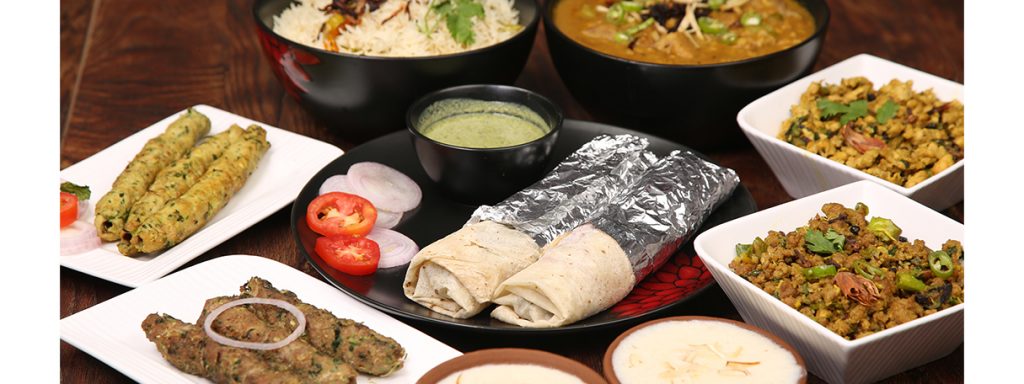
Generally reserved for special occasions, this multi-course Kashmiri meal is revered as an art form in northern India — an art form that requires an empty stomach: there are traditionally 36 courses in a wazwan feast, and almost all the dishes are meat-based.
Like most Indian meals, wazwan is eaten with your hands. The meal begins with a ritual hand washing from a water jug and basin passed to each guest.
Braai
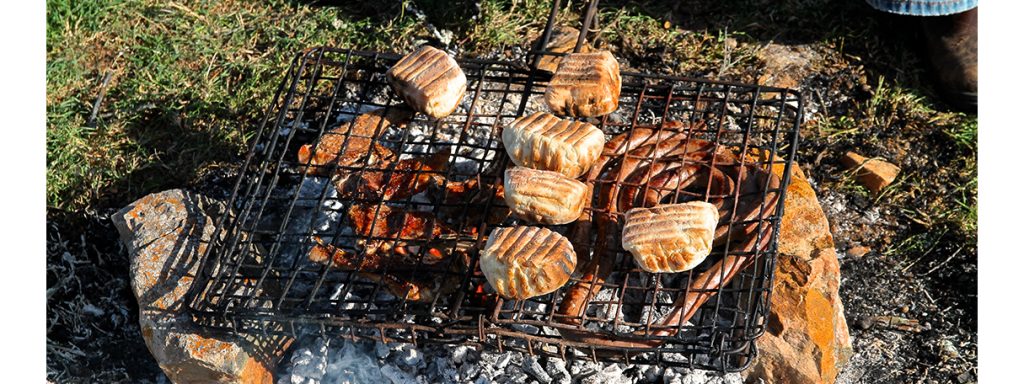
Bush barbecues are about much more than meat. Coming from the Afrikaans word for “roast,” a braai is a social event in South Africa, Namibia, Zimbabwe and Zambia. Friends and families gather at a picnic spot or backyard with kebabs, chicken, lamb chops, steaks, spareribs, sausages, and even fish and crayfish in coastal areas. The experience, company, and quality of the food is taken very seriously.
Curanto
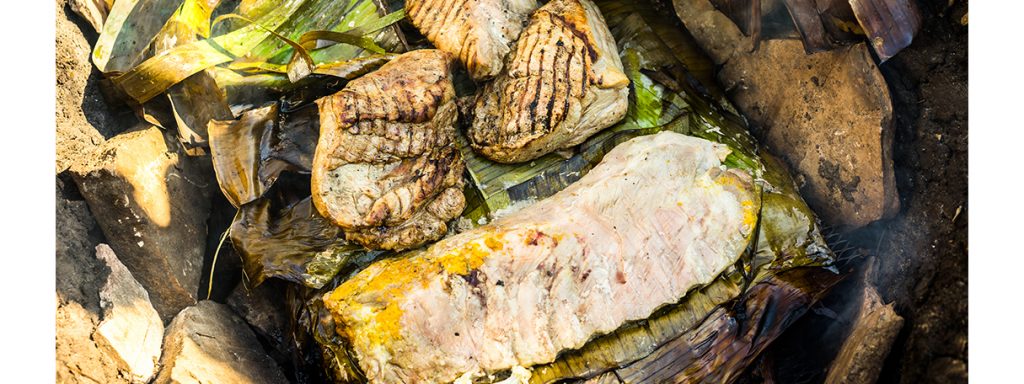
According to legend, this style of cooking has been around since 5,000 B.C.E, originating on an island off Chile. Chefs cover pork, chicken, mussels, clams, and potatoes with leaves and dirt in an underground wood-fire pit to trap smoke and keep all ingredients properly heated.
The process doesn’t smell good, but the result is well-cooked meat that needs no condiment.
Dim Sum
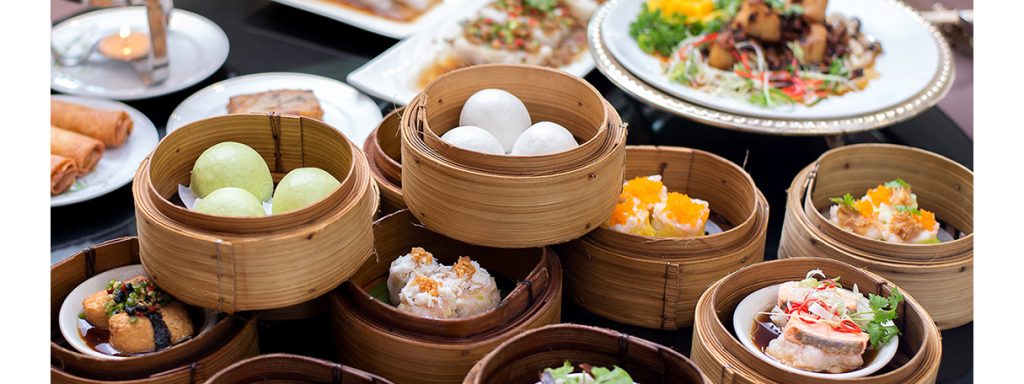
In Southern China, breakfast means bottomless tea, steamed buns, and turnip cakes. Cantonese-style dim sum restaurants roll bite-sized portions of food by guests’ tables on trolleys. Diners place their orders by pointing at the food they want. For many families, dim sum is a weekend ritual – like your Sunday brunch, but more dumplings.
Fondue

Thanks to a marketing campaign by the Swiss Cheese Union, fondue has been a Swiss staple since the 30s. But in Switzerland, fondue isn’t just dunking bread in a pot of melted cheese; there are customs, traditions, and etiquette associated with it.
Fondue experts know to pair their meal with dry white wine and drink a shot-like glass of spirits, known as “le coup du milieu,” halfway through the meal.
Pho
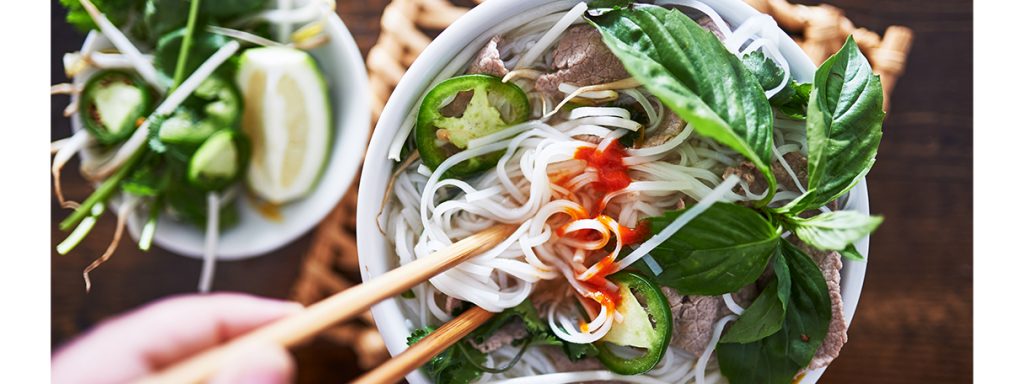
This noodle soup made with broth, rice noodles, herbs, meat, bean sprouts, and lime is a staple in Vietnam. Because truly robust broth can take a day or two to make, most folks get their pho from a pro.
And don’t worry about sticking your face in the bowl to finish any leftover broth – you won’t be offending anybody.
Döner Kebab

Döner kebab, also spelled doner kebab or donner kebap, is made by cooking meat on a vertical rotisserie. As the meat spins, the outer inch cooks while the inside layers remain raw and preserved for future use. Similar to an Arab shawarma, Greek gyro, and Mexican al pastor, the meat is thinly sliced and prepared in a sandwich or wrap with veggies and yogurt sauce.
Pintxos
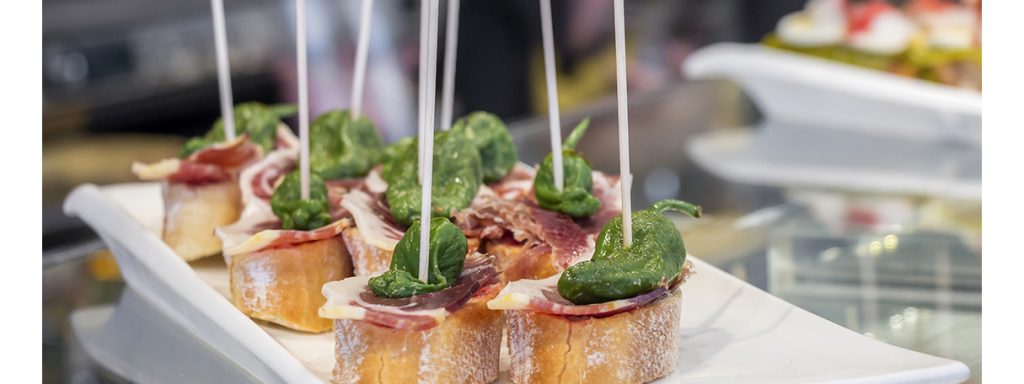
If you order tapas in Basque Country, you’ll learn the hard way that Spain’s 17 regions each boast their own distinct culture. The signature dishes of Northern Spain are decidedly not tapas.
Deriving from the verb “pinchar” (meaning “to pierce”), pintxos or pinchos are adhered to slices of bread with toothpicks. And while a tapa is a small serving of a particular dish designed to be shared, a pintxo is an individual undertaking.
Sashimi

If you’re brave enough to graduate from sushi rolls, try Sashimi. This thinly sliced, raw fish or meat is commonly served during the first course of a formal Japanese meal. While nigiri and sushi comes on pressed vinegar rice, sashimi is eaten on its own. Tuna, salmon, mackerel, and yellowtail are good flavors to start with.
Tagine
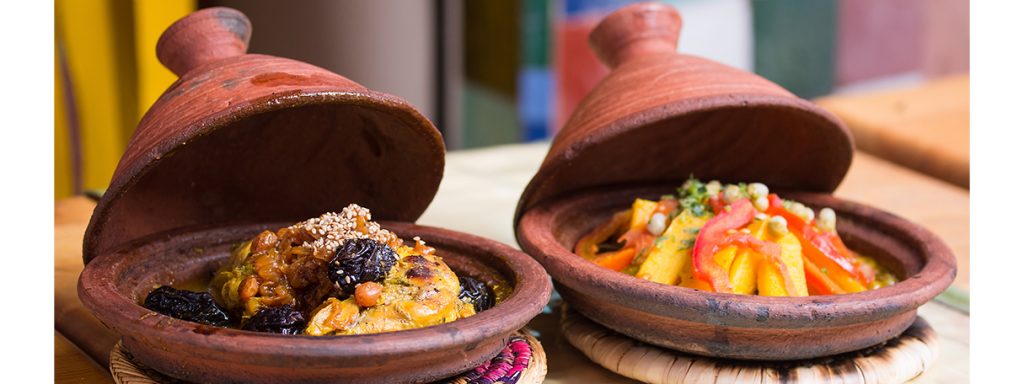
North Africa is known for its spices, and this Berber stew is perfect for sampling them. Tagine stew is cooked in a conical clay pot, resulting in incredibly tender meat and veggies. Similar to a Dutch oven or slow-cooker, steam rises, condenses, and trickles back down the side into the dish.
Gogigui
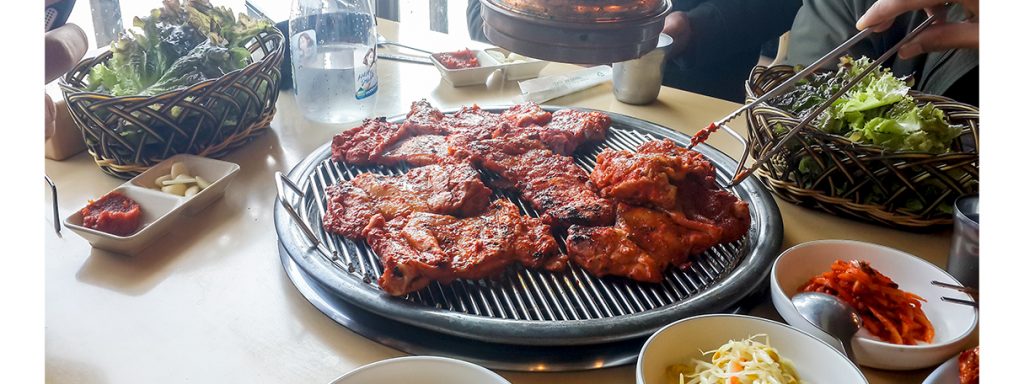
A big reason for dining out is to avoid cooking, but with gogigui style of Korean BBQ, you get to do the fun part of cooking without the prep and clean up. Grills are built into the tables and diners roast their own meat to their liking.
Kimchi, radish, peppers, scallions, and other accoutrements, known as banchan, are served to enjoy your dish with.
For more international eats, check out our guide to street foods around the world.

